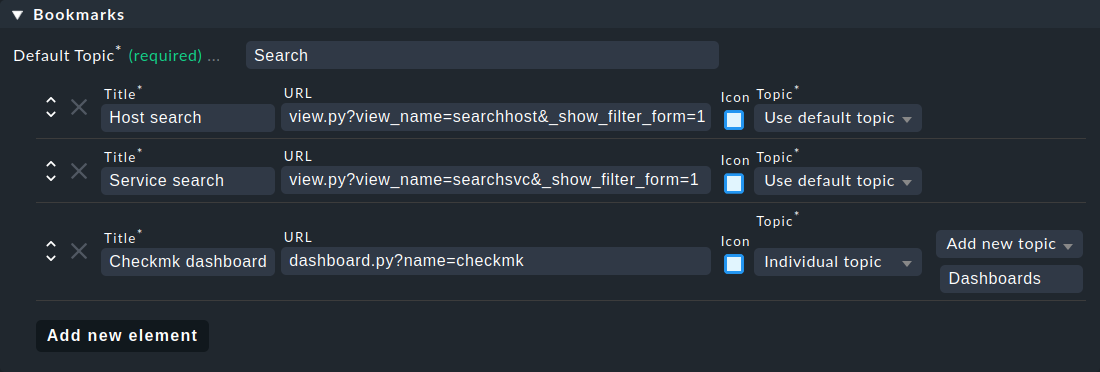

I am using RHEL 6 and get the same error as the OP.

Stop the virtual display server by using the �?ps�?� command to identify its process number and then using the kill command to stop it. This can be changed as needed if a conflict arises.īourne, Bash shell: DISPLAY=�?�:500.0�?� export DISPLAYĤ. This example uses �?500�?� as the display number. Stop the virtual display server by using the ?ps? command to identify its process number and then using the kill command to stop it. Run the silent authorization procedure.Ĥ. Program: Xerox Freeflow Remote Print Server. The Valid UI mode identifiers are GUI, Console, and Silent'. To Specify the interface mode, use teh -i command line option, followed by the UI mode identifier. The installer cannot run in this UI mode. Set the DISPLAY to the virtual display server:īourne, Bash shell: DISPLAY=?:500.0? export DISPLAYģ. Getting the following error: 'Installer User Interface Mode Not Supported. The following folders are the usual install locations where Xvfb can be found:Ģ. This can be changed as needed if a conflict arises. This example uses ?500? as the display number. The following command is typical for a basic service: The following steps review how this may be done.ġ. If you wish to perform a silent authorization sequence in an environment where no physical X Display is available, we recommend that you create a virtual display server for use during the authorization process. This requirement arises from the third-party MainWin software used internally during the authorization process. Although the silent authorization process does not generate any GUI outputs, the DISPLAY environment variable must still be set to a valid X Display.


 0 kommentar(er)
0 kommentar(er)
